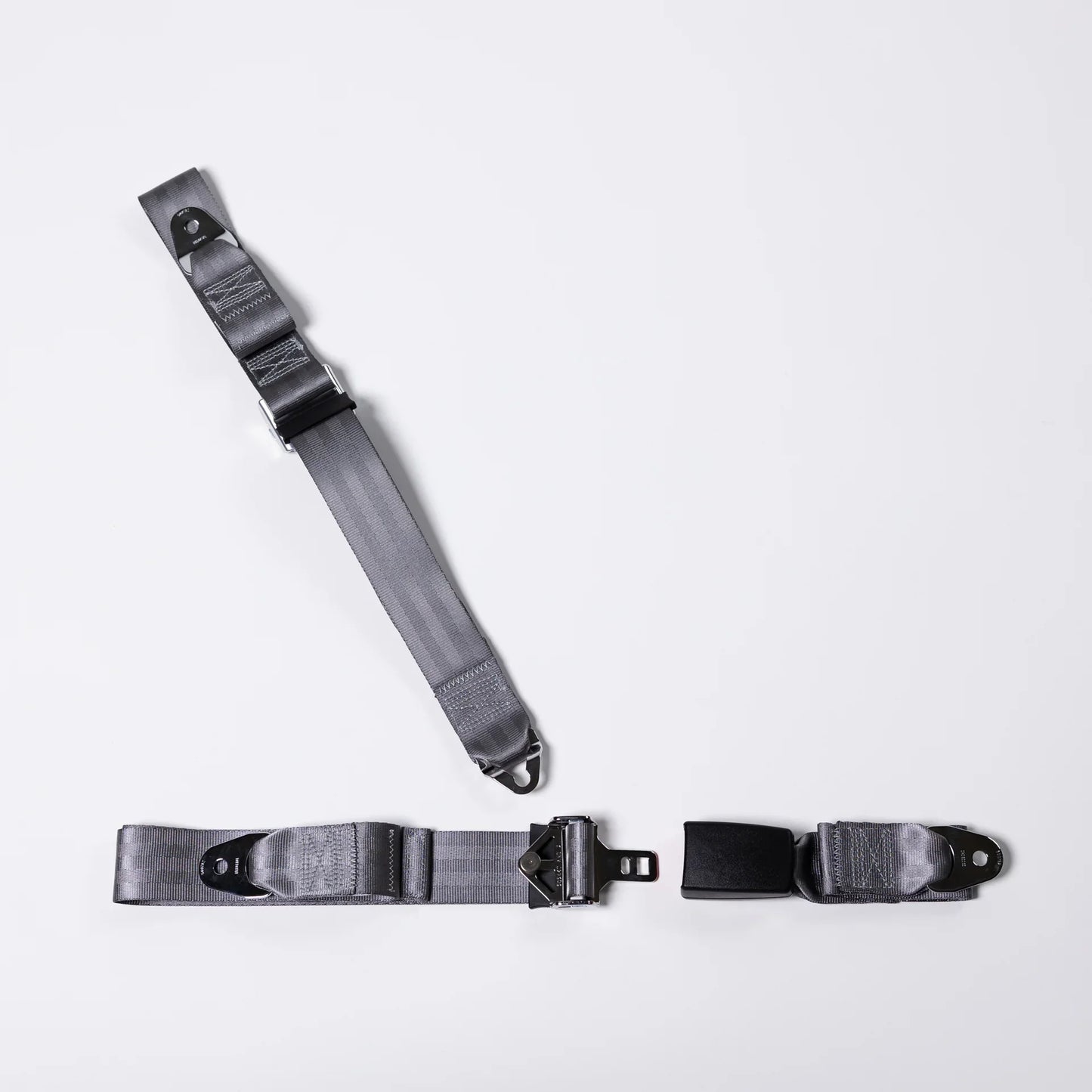Belt Replacement or STC & Belt Guides
- Seat Position Chart
- CAR Canada Statement on Replacing Harnesses
- Cessna S2199 Serial List
- FAA Statement on Minor Change Installations
- Guide Rear Seat Harness Selection by Serial
- Form 337 - Completed Example
- Example 8130-3 and Cert of Conformance
- FAA Brochure on Seat Belt Safety
- Inertial Reel Worksheet
- Fixed Strap Worksheet
- Lap Belt Worksheet
- Pacific Scientific Inertial Reel AWB 25-008 10.21.2005 and Alert Service Bulletin
- Seat Position Chart
- CAR Canada Statement on Replacing Harnesses
- Cessna S2199 Serial List
- FAA Statement on Minor Change Installations
- Guide Rear Seat Harness Selection by Serial
- Form 337 - Completed Example
- Example 8130-3 and Cert of Conformance
- FAA Brochure on Seat Belt Safety
- Inertial Reel Worksheet
- Fixed Strap Worksheet
- Lap Belt Worksheet
- Pacific Scientific Inertial Reel AWB 25-008 10.21.2005 and Alert Service Bulletin



